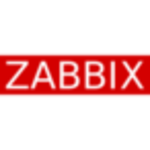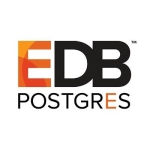The tool provides valuable visibility into Oracle websites, offering information such as session counts, long-running transactions, etc. We're even working on developing our services to enhance monitoring capabilities within Enterprise Manager further
What I like most about Oracle Enterprise Manager are its features, particularly the active session history. It provides insights into SQL, and I use it regularly to identify potential issues. Automation is incredibly useful when setting thresholds and notifications to manage processes effectively. Recently, we've set up Oracle Resource Manager.
The value of using Oracle Enterprise Manager lies in the visibility it provides in your database infrastructure. It serves as a solution for database management, including monitoring, notifications, and troubleshooting.
Improving the integration speed would be beneficial, as the current Java-based system can sometimes result in slow responses. Enhancing performance overall would also be valuable.
I have been using the product for 10 years.
We are currently working with at least five large banks that have deployed or are ready to deploy Oracle Enterprise Manager. We use various metrics and diagrams to monitor their processes and understand what is happening within their systems.
I haven't contacted the technical team yet.
You need to familiarize yourself with the concepts and additional requirements for deployment. Cloud services are a bit different from on-premise setups. You need to understand some extra features and technology, which can lead to additional challenges.
As far as I know, you do not pay for Oracle Enterprise Manager separately. You can use Enterprise Manager for free if you already have an Oracle license for your database.
Currently, we're considering a hybrid cloud environment for our customers. While one of our customers has been utilizing this for several years, we're now exploring the pricing model to determine its suitability for different customer segments. While banks may not fully transition to the cloud, smaller financial companies or universities could benefit from this model.
My recommendation would be for those interested in starting to use Oracle Enterprise Manager to take advantage of its free version. I rate the overall solution an eight out of ten.



















